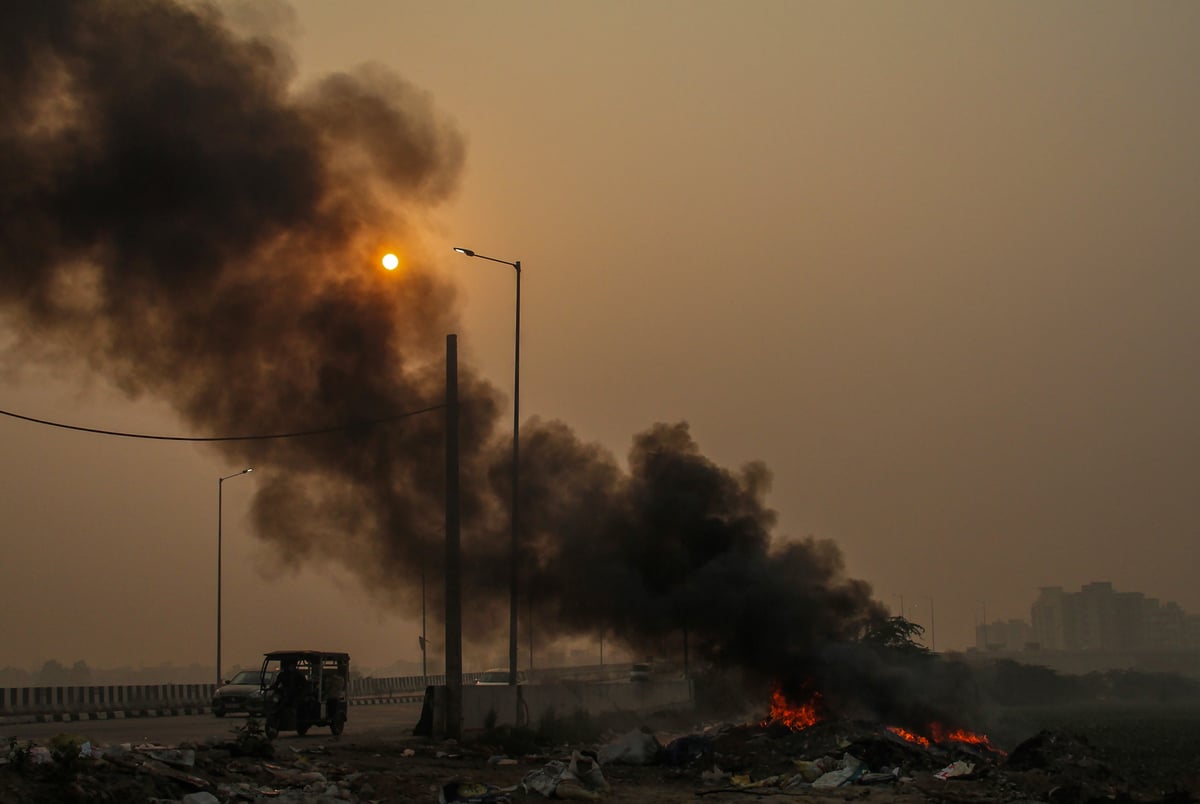
The air quality level reached severe category in many parts of Delhi on Thursday and smog remained prevalent in the city for the third consecutive day. Amid a rise in stubble burning cases and adverse weather, scientists have warned that pollution levels will rise in Delhi-National Capital Region (NCR) during the next two weeks.

This is worrying because the air quality index is already more than 400 in many areas. Health sector experts say that this can increase asthma and lung related problems in children and the elderly.
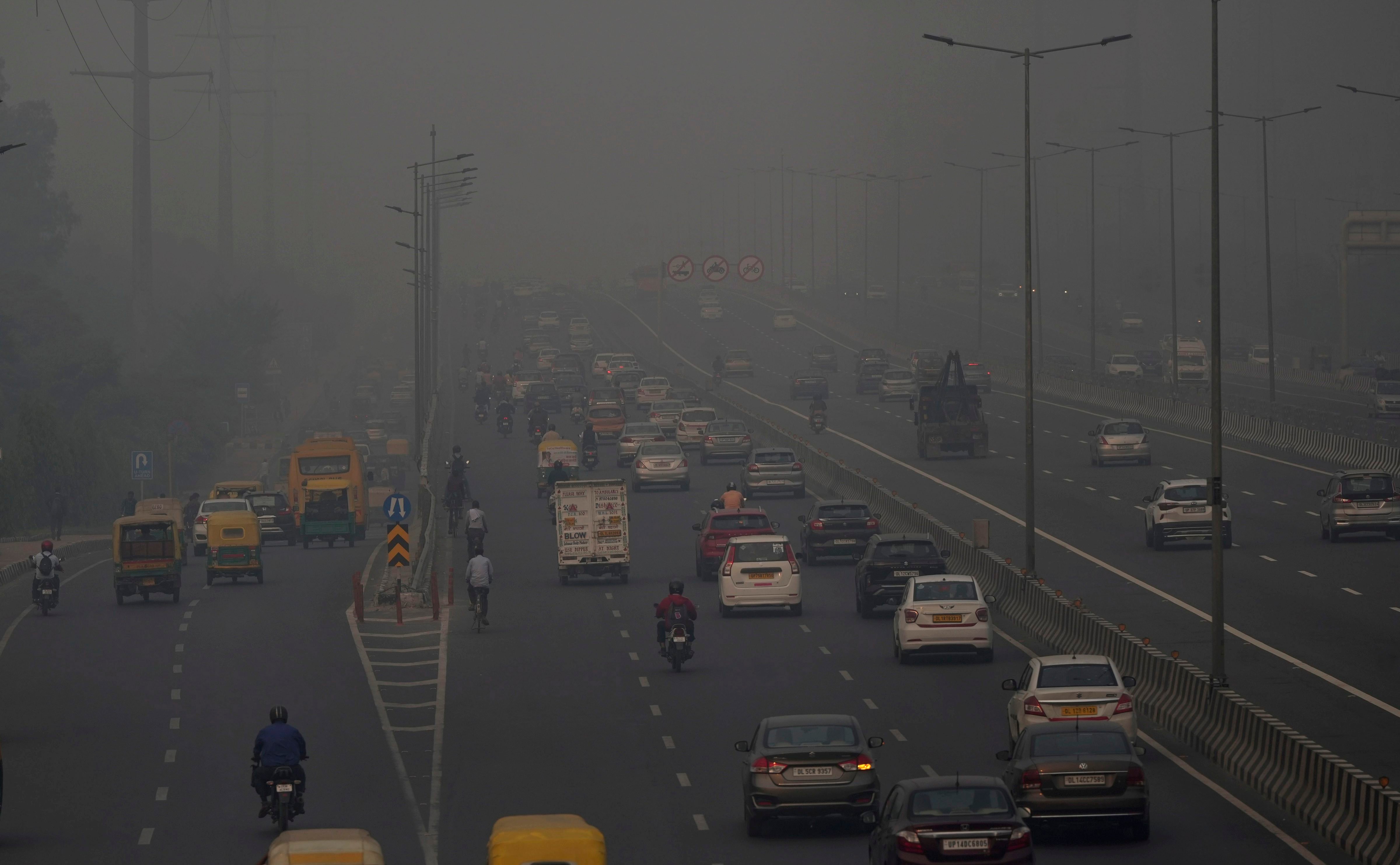
The city’s air quality index (AQI) was recorded at 351 in the morning. The 24-hour average AQI was 364 on Wednesday, 359 on Tuesday, 347 on Monday, 325 on Sunday, 304 on Saturday and 261 on Friday. The air quality was recorded in severe category in many areas of the city like Punjabi Bagh (416), Bawana (401), Mundka (420) and Anand Vihar (413).
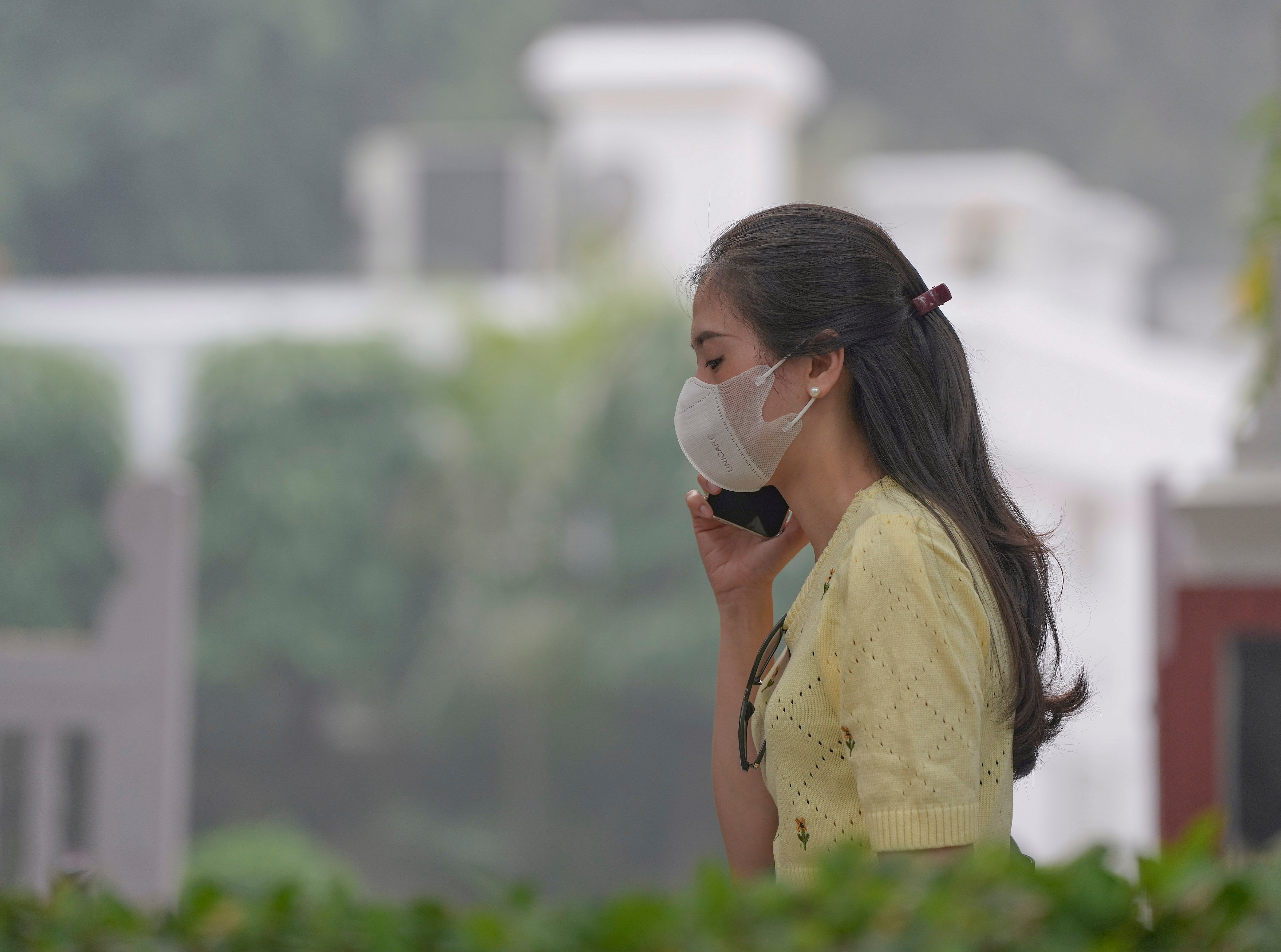
The concentration of PM 2.5 (fine particles that can penetrate deep into the respiratory system when inhaled and cause respiratory problems) at these places was six to seven times more than the safe limit of 60 micrograms per cubic metre.
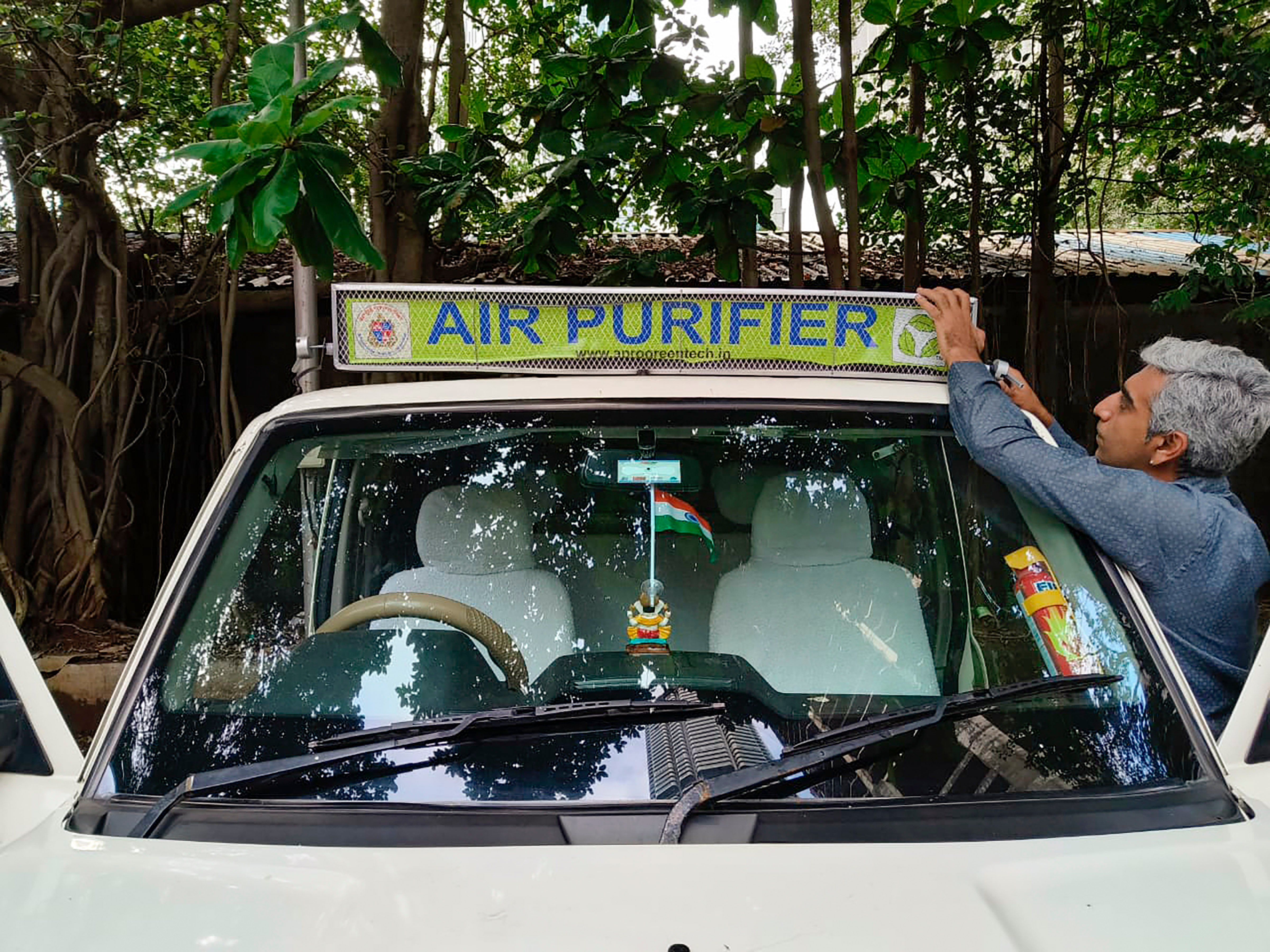
Delhi Environment Minister Gopal Rai had said on Wednesday that the government will ban construction work in areas where AQI was recorded above 400 points for five consecutive days.

The government has introduced ‘Red Light On Gaadi Off’ to curb vehicular pollution and plans to hire 1,000 private CNG buses to strengthen public transport and reduce vehicular pollution.
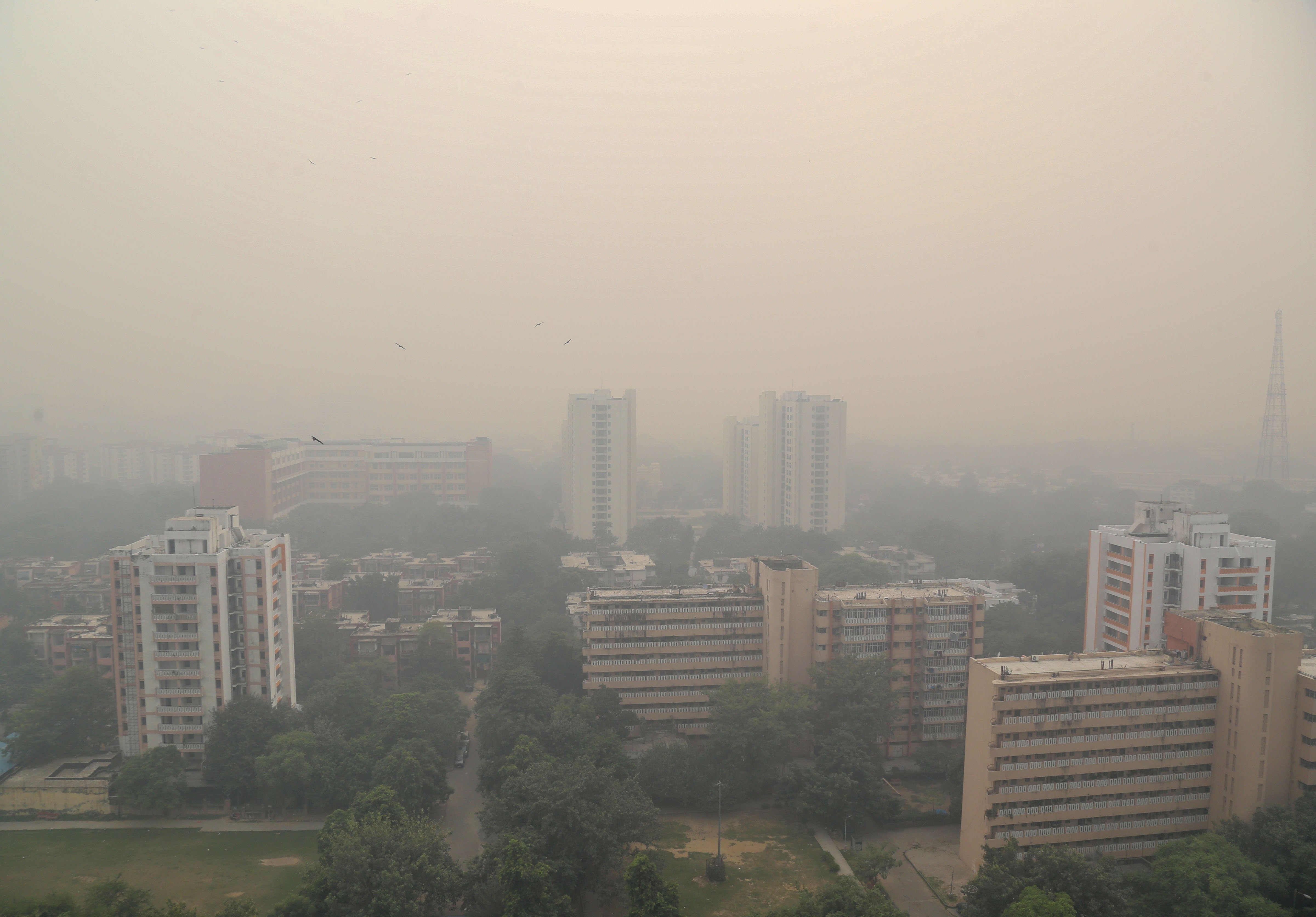
AQI was 230 in neighboring Ghaziabad, 324 in Faridabad, 230 in Gurugram, 295 in Noida and 344 in Greater Noida. AQI between zero and 50 is ‘good’, 51 to 100 is ‘satisfactory’, 101 to 200 is ‘moderate’, 201 to 300 is ‘poor’, 301 to 400 is ‘very poor’ and 401 to 500 is ‘poor’. Is considered ‘serious’.

According to an analysis by the Delhi Pollution Control Committee (DPCC), pollution peaks in the capital from November 1 to November 15, as cases of stubble burning increase in Punjab and Haryana during this time. The Punjab government aims to reduce the cases of stubble burning by 50 percent this winter and completely eliminate the cases in six districts, including Hoshiarpur, Malerkotla, Pathankot, Rupnagar, SAS Nagar (Mohali) and SBS Nagar. Are included.

According to the state’s action plan to stop stubble burning, paddy is cultivated on about 31 lakh hectares of land in the state. It is expected to generate about 1.6 crore tonnes of paddy straw.
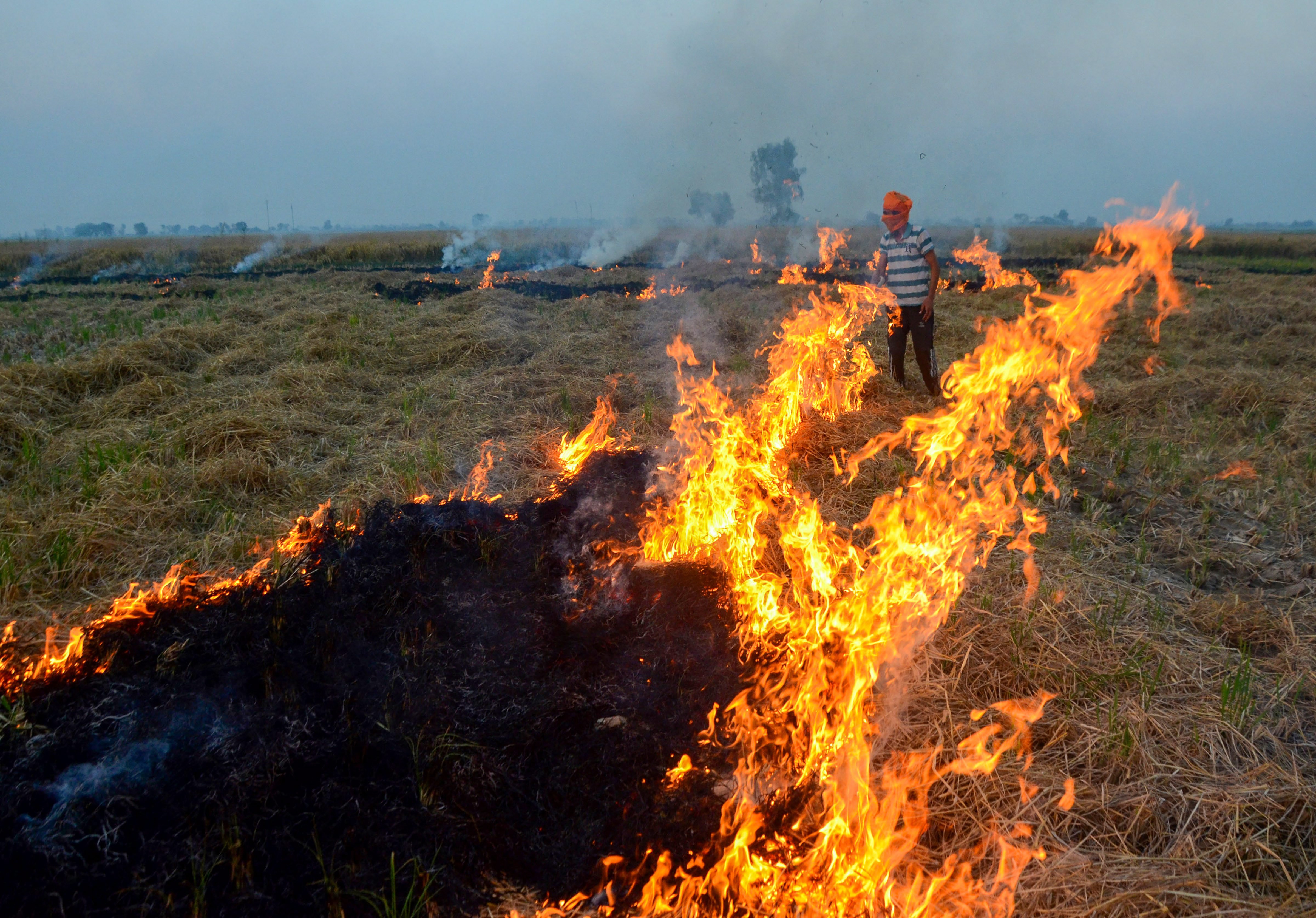
Haryana estimates that paddy is cultivated on about 14.82 lakh hectares of land in the state. It is expected to generate more than 73 lakh tonnes of paddy straw. The state is trying to completely stop the cases of stubble burning this year.
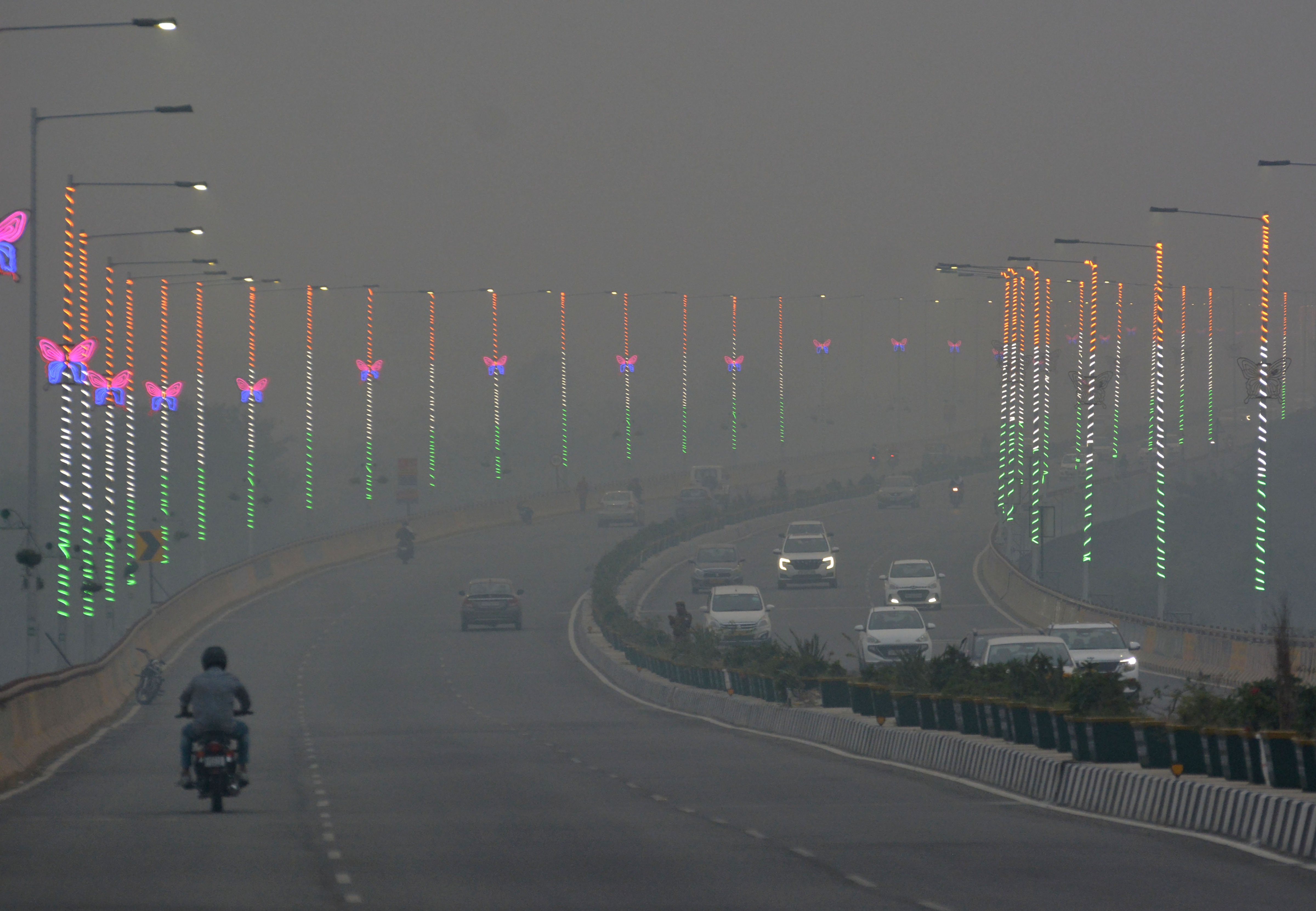
According to a numerical model-based methodology developed by the Pune-based Indian Institute of Tropical Meteorology, vehicle emissions (11 per cent to 15 per cent) and stubble burning (seven per cent to 15 per cent) are currently the biggest contributors to the city’s poor air quality. .

